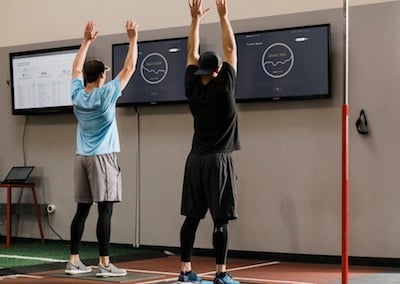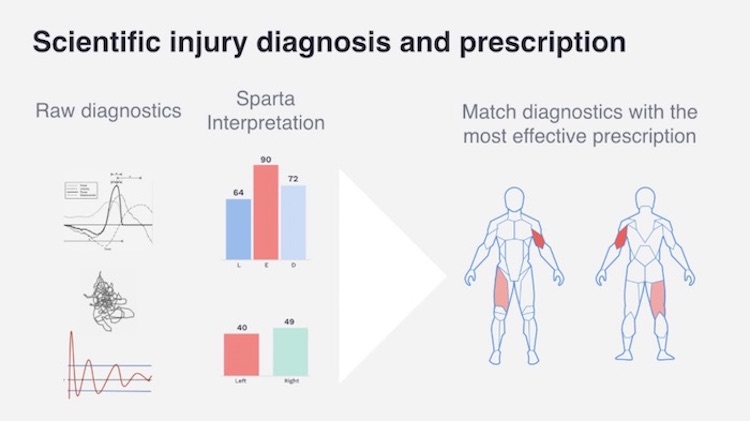
Each day we make thousands of decisions. In fact, on average, most adults make around 35,000 choices per day! Most of what goes into making those decisions is based off how much time we have to do it. We’ve all hit the taco truck on our lunch break, simply because there isn’t enough time to drive across town to Whole Foods. As we’ve mentioned before, time is the most limited resource we have. Those interested in optimal performance of any kind know that rest and recovery are two things that can’t be sacrificed, therefore time spent training, rehabbing, or improving skills is limited. Better said, we don’t have time to waste on things that don’t help us improve. If you could only spend 30 minutes a day improving movement efficiency what would you do?
Last week I was on site with one of our collegiate partners and I was notified that the strength and conditioning specialists have recently had their time allowed working with athletes cut by a third. The strength and conditioning coaches have had their typical six hours a week with athletes cut to only four – however, expectations have remained the same. With that being said, there is little room for error. You have no choice but to maximize that time.
What would you take out of your program if time was cut by a third? Would you still take all the athletes through your assessment? Would all of your athletes still get the same core exercises? In a way, having your time cut is a blessing because it truly makes you sit down and prioritize the needs of your athletes. What is the most important need of each individual that walks through your doors?
For the organizations we work with, identifying each individuals weak link isn’t the problem. Utilizing a handful of objective assessments or scans, specific relationships in movement qualities can be measured with key thresholds identified. Each scan provides information of how that individual utilizes force – and the relationships between different force-time variables, which is key. Based on the relationship of these variables, they are able to identify what each person needs individually, and prescribe movements to improve that weakness. Only have 30 minutes to train?

No problem.
We know that stress on the body is cumulative; physical, mental, and emotional. That means that if we are going to add more stress to the system it needs to be with specific intent. Well rounded programs are great in theory (and unlimited time), but how many individuals walk through your door and are well rounded movers? We must be able to identify and address weaknesses, or we aren’t doing our athletes justice. Being able to assess and prescribe training based off objective measurements is a crucial step in giving each individual what they need – in as little time as possible.